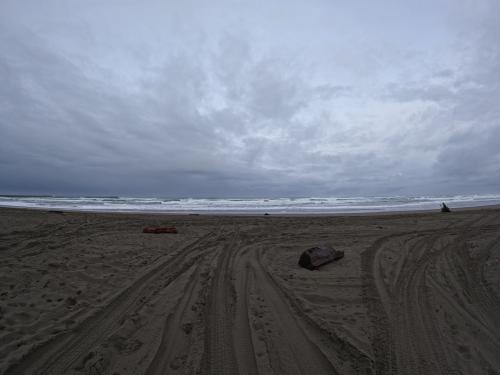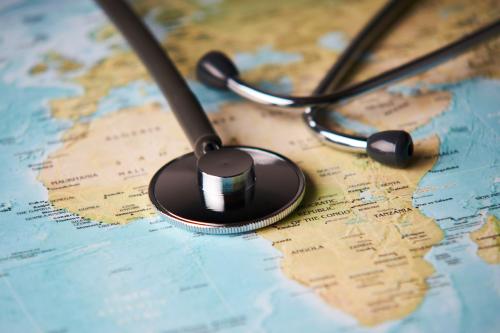As the emphasis on infrastructure in the latest stimulus package makes clear, the right kind of transportation investments will play a vital role in our nation’s economic growth.
But it is also becoming clear that true American prosperity requires sustainable growth. Exactly how our metropolitan areas grow – and what type of transportation people use to get from place to place – will have a great impact not only on the economy, but on the global challenge of climate change.
In the not-so-distant past, environmental concerns related to transportation revolved around such things as ground-level ozone and photochemical smog. These issues certainly have not disappeared: metropolitan areas still try to reduce high-ozone days in the summer by reducing road traffic and citizens groups battle traffic congestion and its concomitant pollution.
But with a growing mountain of evidence and near-universal agreement on the causes of global warming, climate change has quickly emerged as the main environmental problem linked to transportation. And the scope of the challenge is far greater than previous problems. While smog affects metropolitan areas—with negative impacts crossing county and state lines—climate change threatens the entire planet.
Transportation is the single largest contributor to the nation’s carbon footprint, causing more damage than industry, homes or commercial buildings. More than four-fifths of transportation emissions come from the tailpipes of our cars, trucks and buses.
Three factors affect the amount of carbon released into the air from transportation: the type of fuel we use, the fuel efficiency of the automobiles we drive and the amount of driving we do. Some improvements are being made on the first two legs of this stool with the push for hybrid/electric vehicles and tighter fuel economy standards.
Progress is much slower on the third leg: curbing the demand to drive. Though driving is down now because of our economic malaise, studies show that even small increases will spew out so much carbon that they will wipe out the benefits of fuel-efficient cars and the expansion of clean-fuel alternatives.
This new reality, coupled with our environmental imperatives, raise questions about whether we can continue to grow in our traditional ways.
Take the Washington metropolitan area. This region is projected to grow from 7.6 million people in 2000 to 10.6 million in 2030. Employment could grow from 4.4 million to 6.4 million workers, and non-residential development from 3.6 billion square feet to 5.2 billion. That means about 60 percent of the buildings that will be here in 2030 will have been built after 2000.
How we accommodate this growing population and economy – whether we break the pattern of “sprawl as usual” – will significantly influence whether we secure our energy independence and forge solutions to global warming and climate change.
Will growth occur in efficient, compact forms that result in fewer and shorter vehicle trips and make alternatives like mass transit possible? Or will we continue to have public policies that for too long have subsidized the growth of sprawling, haphazard metropolitan communities that make driving the only way to get around?
Fortunately, there are some positive signs on the horizon. According to the Environmental Protection Agency, 20 percent of the residential building permits issued in 2007 in the Washington area were located in the urban core. While this may not seem like much, it is a five-fold increase over the average from 1990 to 1995. The latest census figures illustrate this change in growth trends. As reported last month, more people moved out of fringe counties such as Prince William and Stafford in Virginia and Frederick County in Maryland than moved in. That is the first time that’s happened this decade.
What is more, important infrastructure investments – such as Metro’s Silver Line through Tysons Corner – could radically reshape suburban communities by making it possible for new development to be more concentrated, have a mix of uses and much higher densities than would be possible if cars were needed to get around.
Of course, transit investments like the Silver Line are not silver bullets. The challenges of economic growth and environmental sustainability will not be resolved through micro initiatives. We need to change, in a systemic way, how we think about, design and implement transportation policies and how we connect those policies to other aspects of metropolitan growth: housing, land use and economic development.



Commentary
Op-edTransportation and Climate Change: The Perfect Storm
April 21, 2009